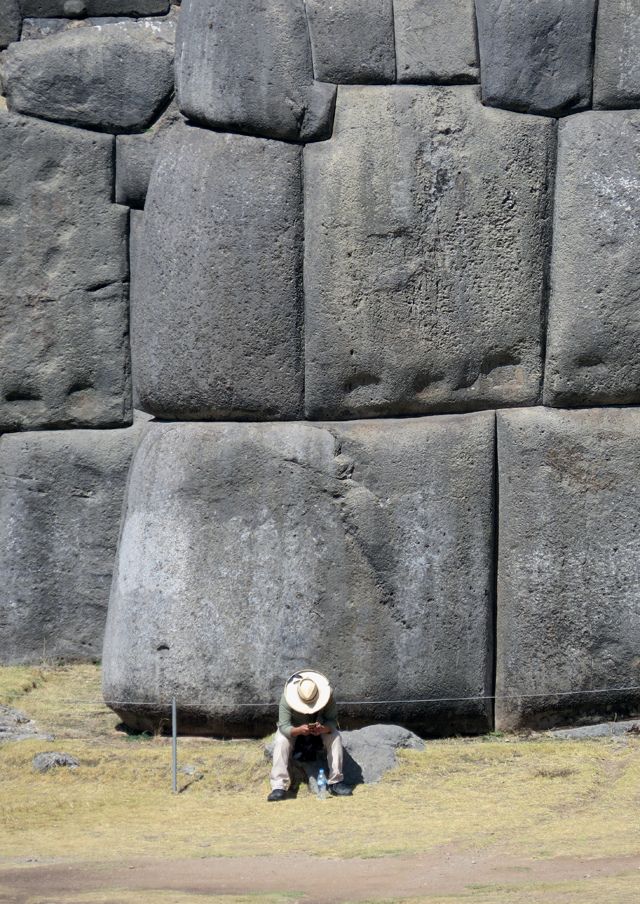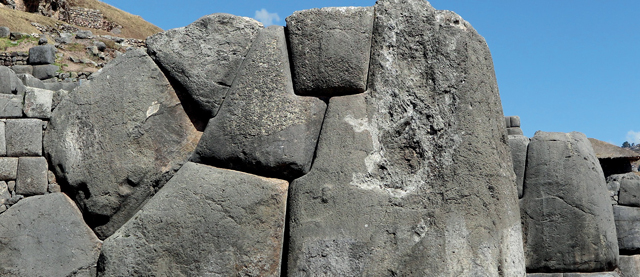INCA WALLS

On the Internet there is a lot of information about and many photographs of large historical objects made of stone. Not all of them are as famous and easily recognisable as the Egyptian pyramids, Stonehenge, or the stone statues moai on Easter Island. One of the lesser-known sites is Sacsayhuamán, a complex of stone walls built by the Inca and located near the city of Cusco in Peru.
We are not entirely sure when these stone walls were constructed. Many archaeologists assume they were built in the 15th century during the reign of the emperor Pachacuti. However, it is also possible that the walls date back to the 11th century and the construction only continued in the 15th century.
The system of walls comprises three megalithic walls arranged in terraces on a winding line.

The complex of walls is 400 m long and it is located at an altitude of over 3,600 m above sea level. Geological surveys show that the stones used in the construction were extracted from a quarry that lies 15 km from the complex and were then cut to fit perfectly into the structure of the walls.
The largest boulder measures 9 × 5 × 4 m and weighs 350 tons. The boulders fit tightly together without the use of mortar.
As is often the case, we do not know how the blocks of stone were transported to the construction site. The ancient Incas did not know the wheel or rollers. How the stone was cut and worked is just as much of a mystery. Archaeological surveys did not discover any tools for the processing of granite that could have been used to build the walls. We do not know why the walls are arranged the way they are, nor do we know the purpose of the construction. We assume that the walls may have been put up for either religious or defence purposes.
The site and its surroundings were added to UNESCO’s list of World Heritage Sites in 1985.

Source: Kurier kamieniarski
